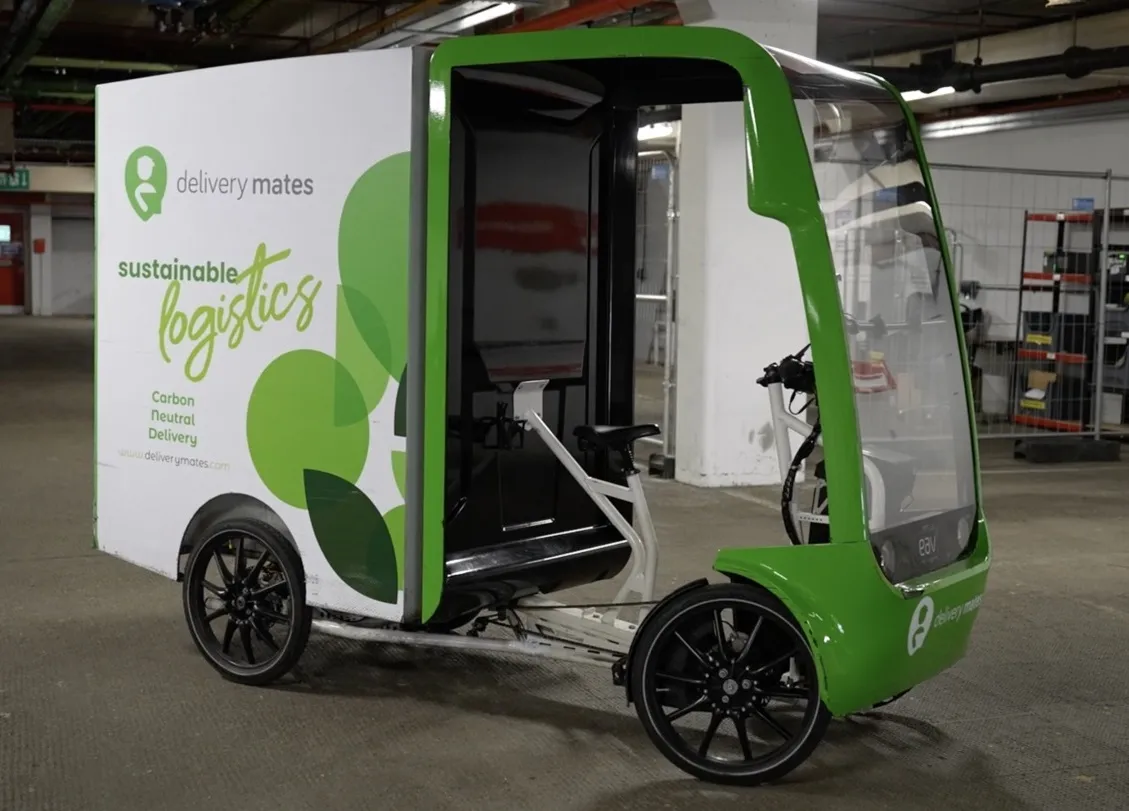A total of 15 projects have been conditionally approved to receive around US$2.5 million (NZ$3.5 million) from New Zealand’s Low Emission Vehicles Contestable Fund.
Projects include the use of 100 per cent electric delivery vans, a car share scheme using electric vehicles, an electric taxi fleet trial, two electric bus trials, seven charging infrastructure projects and the establishment of a facility to convert heavy vehicles to electric power.
These projects aim to help accelerate the uptake of EVs t
January 23, 2017
Read time: 1 min
A total of 15 projects have been conditionally approved to receive around US$2.5 million (NZ$3.5 million) from New Zealand’s Low Emission Vehicles Contestable Fund.
Projects include the use of 100 per cent electric delivery vans, a car share scheme using electric vehicles, an electric taxi fleet trial, two electric bus trials, seven charging infrastructure projects and the establishment of a facility to convert heavy vehicles to electric power.
These projects aim to help accelerate the uptake of EVs to meet the Fund’s target of 64,000 electric vehicles on New Zealand roads by 2021.
Projects include the use of 100 per cent electric delivery vans, a car share scheme using electric vehicles, an electric taxi fleet trial, two electric bus trials, seven charging infrastructure projects and the establishment of a facility to convert heavy vehicles to electric power.
These projects aim to help accelerate the uptake of EVs to meet the Fund’s target of 64,000 electric vehicles on New Zealand roads by 2021.









